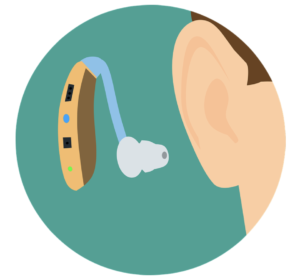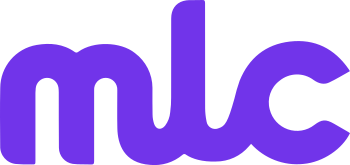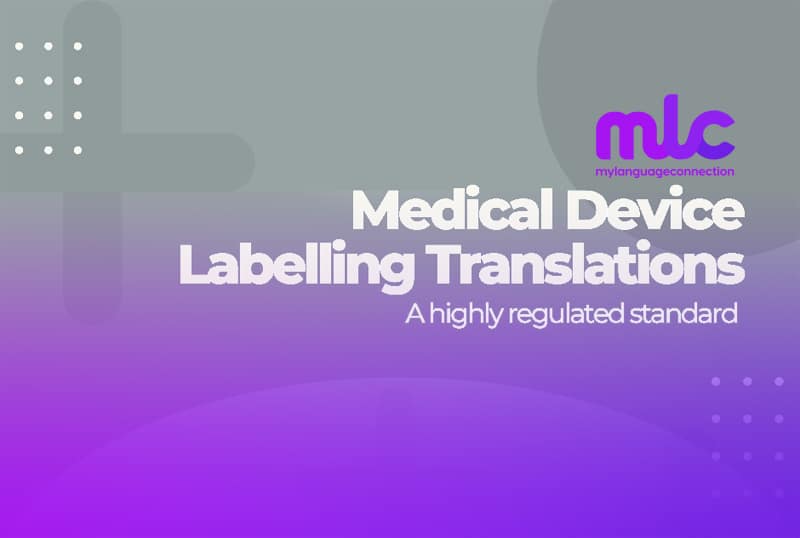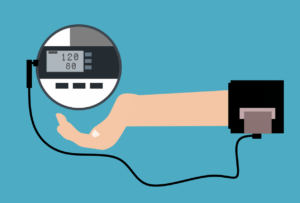Medical device labelling translation is subject to a highly regulated standard. Manufacturers need to adhere to these standards to ensure the preservation of the patient’s safety in the use of the information relating to these medical devices.
If you are using a medical device for the first time, the first thing you do is check the label for instructions on how to use that device. Translating this information to other languages is the first step in safeguarding patient health when using these devices.
What is Medical Device Labelling?
Medical device labelling is a highly regulated document. It is important to ensure the proper use of the devices to ensure the safety of patients during use, as well as to inform patients of the critical risks and benefits involved.
This document can come in printed or written form, or both. Most medical device labelling comes with illustrations to support the written information. This medical document is also subject to ISO standards. It is a complex document with much at stake.
Just like labelling, translating this document is also highly regulated. When translating it to multiple languages, you must uphold it in the highest standard to avoid misuse and other risks.
Best Practices for Medical Device Labelling Translations
 All medical device labelling undergoes an extensive review process to ensure that it satisfies regulatory standards. The same careful review and evaluation process also applies when translating the document to ensure accuracy.
All medical device labelling undergoes an extensive review process to ensure that it satisfies regulatory standards. The same careful review and evaluation process also applies when translating the document to ensure accuracy.
Follow these best practices for translating medical device labelling for best results.
- Use simplified language.
The golden rule for translation is to understand your target audience. To avoid miscommunication and to ensure the efficacy of the information transfer, use simplified language. Keep in mind that patients and consumers who might not have a medical background are the ones that will be reading this document. Therefore, you must write it with this kind of audience in mind.
- Use standardised symbols and icons, if necessary.
The use of standardised symbols and icons is recommended wherever applicable. These icons are known internationally and can help overcome language barriers.
A few examples of international symbols include the following:
- Caution
- Fragile
- Biohazard
- Keep dry
- Employ graphics to support the text.
The use of graphics for medical device labelling translations is encouraged to make the text easier to understand. After all, the old saying is true: a picture is worth a thousand words.
Here are some examples for using graphics and diagrams for your medical device labels:
- Using arrows to highlight specific instructions
- Using dark lines to emphasise certain instructions (or warnings)
- Using bigger texts on important parts (to make it easy to see)
- Hire a specialised translator
It’s not enough to hire the best language translator for medical device labels. It is a must to choose a qualified medical translator. Their background and expertise in the field will enable them to understand the nuances of the medical language. If you can also find native speakers of the language you are translating to, that’s even better.
The use of custom machine translation must only be used as an aid to spot and correct errors overlooked by human translators.
- Test your copy
Once you have completed the initial stage of translation, make sure to run your copy over medical translation experts. They will be able to assess if the copy is clear, accurate, and easy to understand.
Even if you are confident with your language service provider, you need an independent party to conduct a review and testing. They will ensure that your medical device label translation is targeted for the right audience.
Common Mistakes to Avoid
It’s not enough that you are aware of the best practices when doing medical device labelling translation. You need to be aware of the common mistakes so you can avoid them.
The first and most common mistake when translating medical device labels is to re-use the device labelling, especially in the manufacture of new devices. This is a wrong practice that could lead to a whole lot of risks. First off, each translation should be viewed as independent to ensure the accuracy and quality of the translation.
Adding the correct address on the medical device is another area that translators often get wrong. The medical device manufacturing regulations require that the name and address of the manufacturer be included in the label. Make sure to follow the correct formatting depending on the region that you are translating the labels for.
Accurate Translations = Patient Safety
 Choosing no-less than subject matter experts for medical device labelling translations is important. It could be a life-or-death matter for patients involved, particularly those who depend on these devices for life support. There is no room for error or mistakes when patients’ lives are on the line.
Choosing no-less than subject matter experts for medical device labelling translations is important. It could be a life-or-death matter for patients involved, particularly those who depend on these devices for life support. There is no room for error or mistakes when patients’ lives are on the line.
In the European Union alone, the medical device industry is valued at $90 billion. It’s a big business but is highly regulated for quality assurance by the EU Medical Device Regulation (EU MDR).
However, medical devices – and the regulations that govern them – are always evolving. It is important to choose a language translation provider that is compliant with the latest regulations to ensure that the appropriate labelling translation approaches are what’s used in the manufacture of medical devices.
Also, choose a translation provider with an ISO certification to showcase their expertise in the field.


